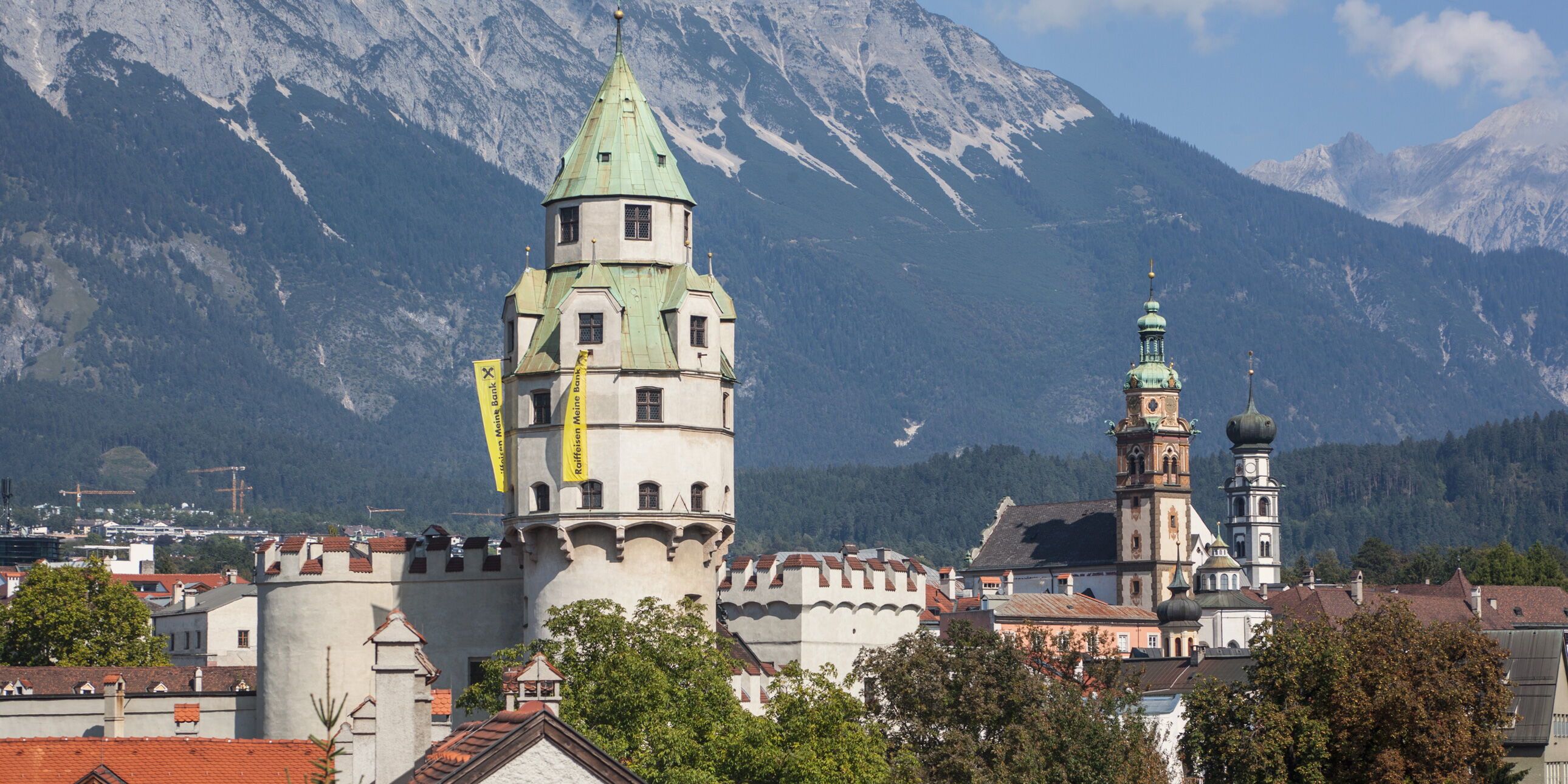Silver for coins, salt frome the mines: the Tyrol offices of the Fuggers in Hall
The Hasegg Castle and the Mining Museum, the Fugger Offices and the Fugger Epitaph
It was especially in the last years of Jakob Fugger’s life and in the era of his nephew, Anton Fugger, that the Fugger company in Hall, Tyrol had a central role. It began, however, much earlier. In December of 1485, when Sigismund the “Rich in Coin”, the archduke of Tyrol, obtained a loan of 3,000 Florins from the Fuggers, the history of the Augsburg family company became closely connected with coin and salt in Hall. In 1488 the Fuggers had already lent the archduke Sigismund 150,000 Florins. Thus the majority of the silver in Tyrol fell into the hands of the Fuggers. The salt city should have played an important role for the Fugger company for decades, but in 1539 the offices in Hall were moved to the nearby mining city of Schwaz. There is still a former Fugger office in Hall’s old town.
Tip
Two museums in Hall remind visitors of the mining tradition in the region, the silver, the salt and the Fuggers. In the Hasegg Castle, coins were minted from Tyrol silver beginning in 1567: the Minting Tower Museum is today’s reminder. The Mining Museum in the old town allows visitors a look at the salt mining process with a replica of tunnels and shafts, slides, tools, and minerals. The Habsburgs repaid the Fuggers with the silver coin and the income from the salt mines.
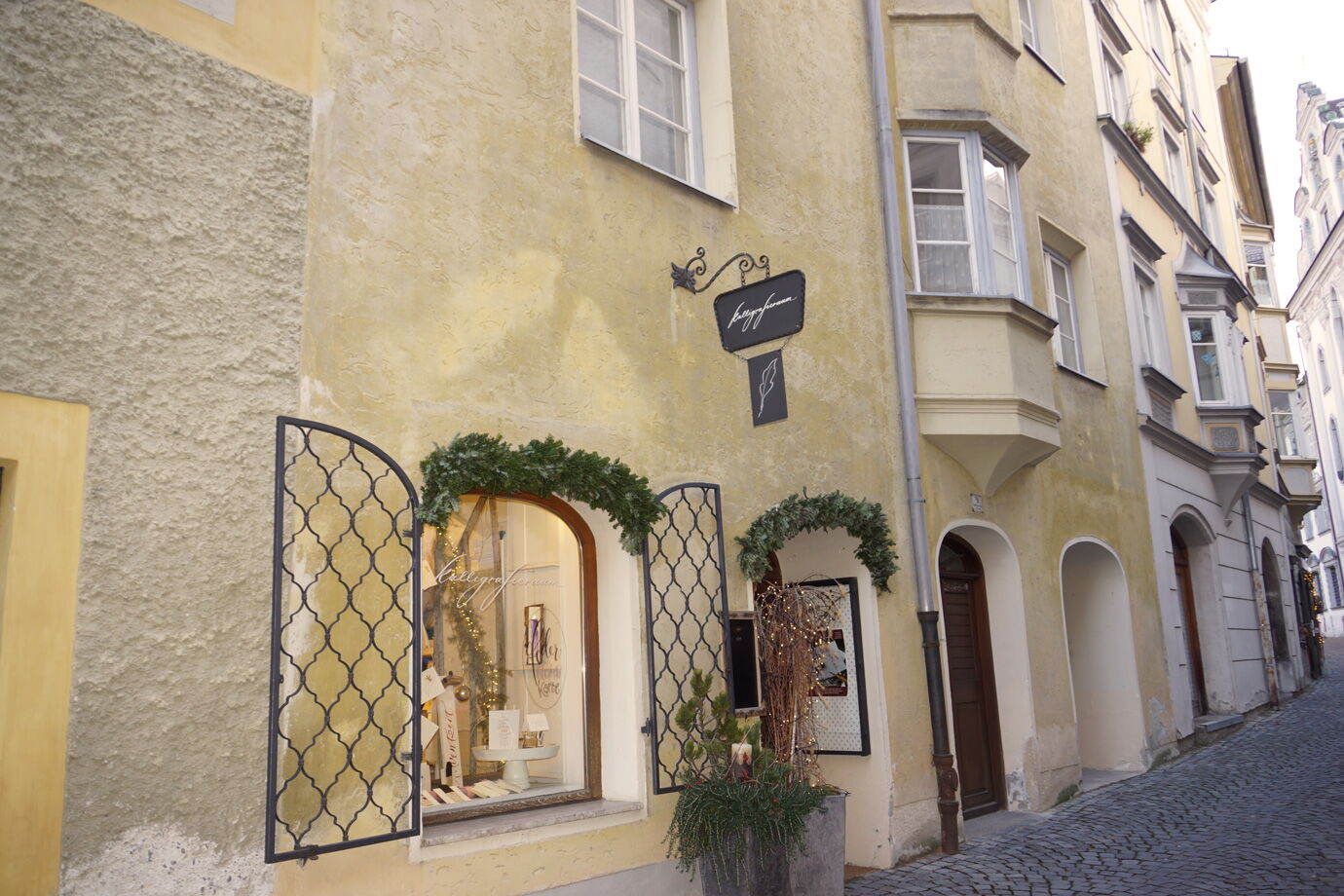
The Fuggers had their first branch office in Innsbruck in Tyrol. The archduke Sigismund moved the royal mint from Meran to Hall in the Inn river valley in 1477. The Fuggers bought property, houses, and three warehouses for ore and lead and established their trading offices in Hall between 1510 and 1513. By around 1525 the office in Hall had already taken over the position of the older Innsbruck branch, which financial records of the time confirm. Hall was an important hub for transporting ore and transfering money in the network of the Fugger’s mining corporation along the trading route to Nuremberg, Augsburg, Tyrol and Venice. The town of Hall was important to the Fuggers as a salt city, stockyard, and raft landing on the Inn river as well as the place of deployment for their entire silver sales in Tyrol. From 1511 to 1539 the Fugger office was located in the house on the present day Eugenstrasse 9. The estate on Mustergasse 4 was probably also a part of this branch office.
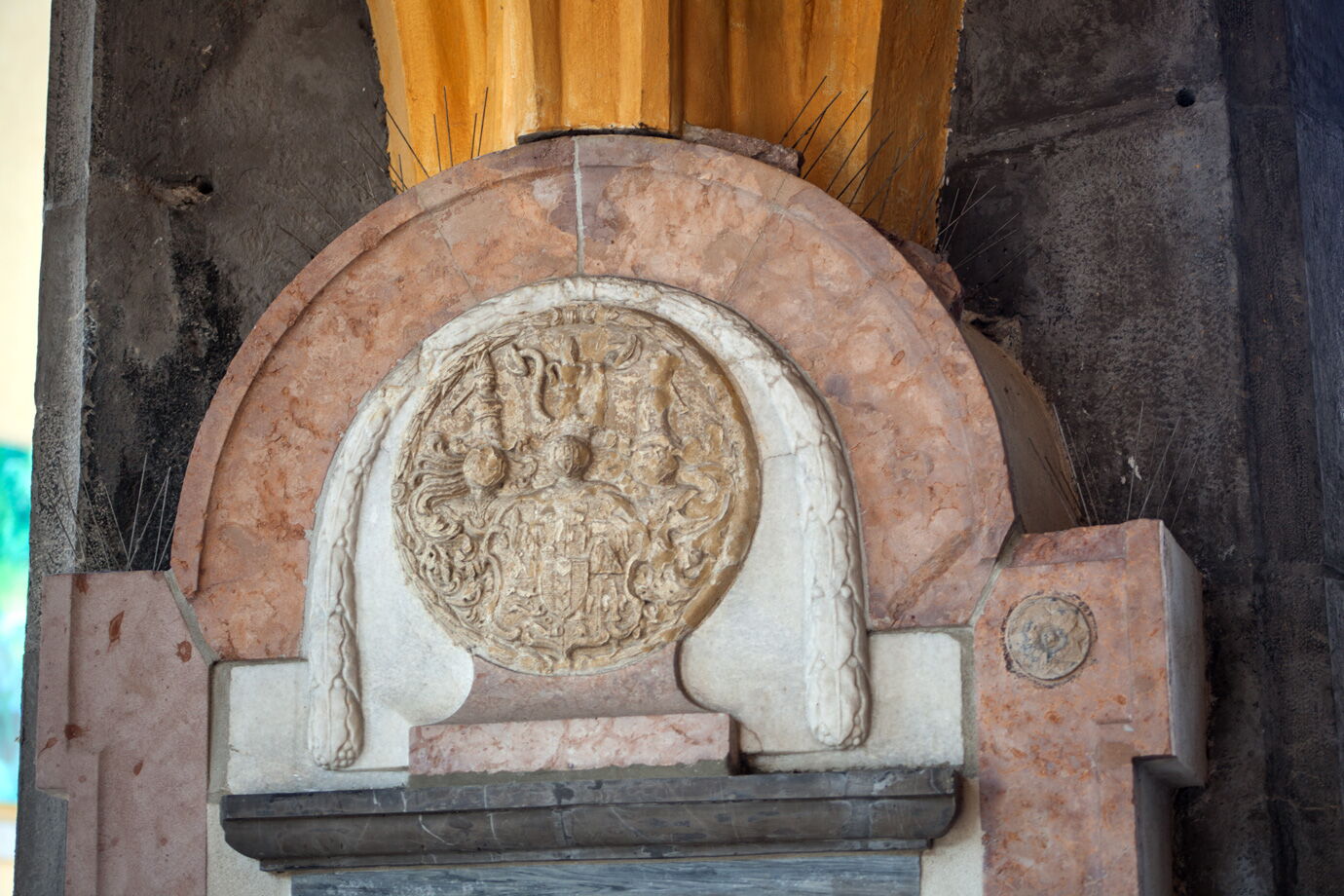
The Fugger Coat of Arms near the Fieger Burial Crypt
In 1539 the time of the trading post in Hall came to an end. The city later became significant as an outpost for the Fuggers to trade ore: silver, copper and lead ore were drawn from Gossensass, Schneeberg near Sterzing and from Terlan and then transported via Hall. Ore traded from Jenbach was stored in cases at the raft landing post in Hall. Silver and lead went primarily to the smelting works. Copper was transported to Nuremberg and Genoa.
The location of the Fugger houses in Hall were unknown until recently when the estate on Eugenstraße could be identified as the Fugger’s trading post. Indirectly the so-called “Coin Tower” and the “Coin Gate” (built in 1440) in the Hasegg Castle as well as the salt mining museum in the old town are reminders of the Augsburg company. The Fugger coat of arms is only displayed in the foyer of the parish church St. Nikolaus. In this foyer, the burial crypt of the mine owners, the Fieger family, is located with epitaphs of Countess Maria Franziska Johanna Fugger von Glött who died in 1794 and her sister the canoness Maria Augustina Elisabeth who died in 1790. The Countess Maria Franziska Johanna Fugger von Glött was reverend mother of the noble convent in Hall.
Sights, Current Exhibitions and Tips

Tours through the Museum in the Hasegg Castle
The ”Mint Museum Hall” leads visitors through a half century of the European history of coins. A highlight is a true to life reproduction of the first water powered minting machine in the world, which produced 4,000 pieces of money daily in the 16th century. The museum leads up into the the ‘coin tower’.
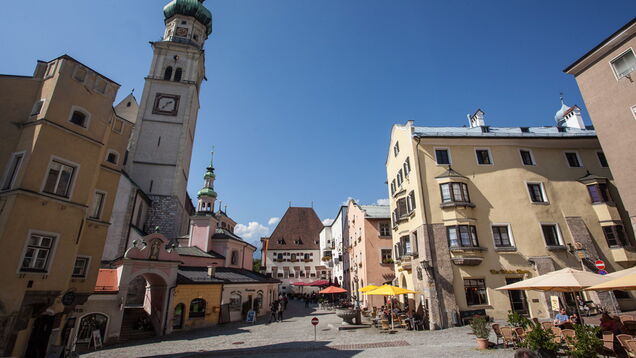
Tours through the Old Town in Hall
Tours through the city in the Inn river valley remind visitors of the rich salt deposits which Jakob Fugger “the Rich” mortgaged in 1519 to pay for emperor Charles V’s election loans- and also of the first coins in the world minted out of silver from Schwaz. The one time Fugger trading post is found in the old town.
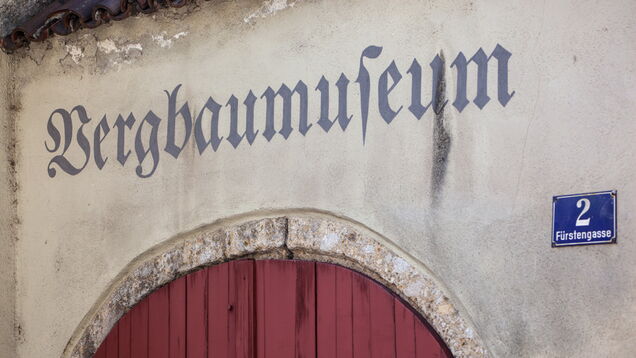
The Mining Museum in Hall
The Mining Museum - the replica of a tunnel of the Halltal mine (closed in 1967) allows visitors a view inside the history of salt mining. In Hall’s old city, visitors discover shafts, tools, minerals and slides - it is almost like being “underground”.
